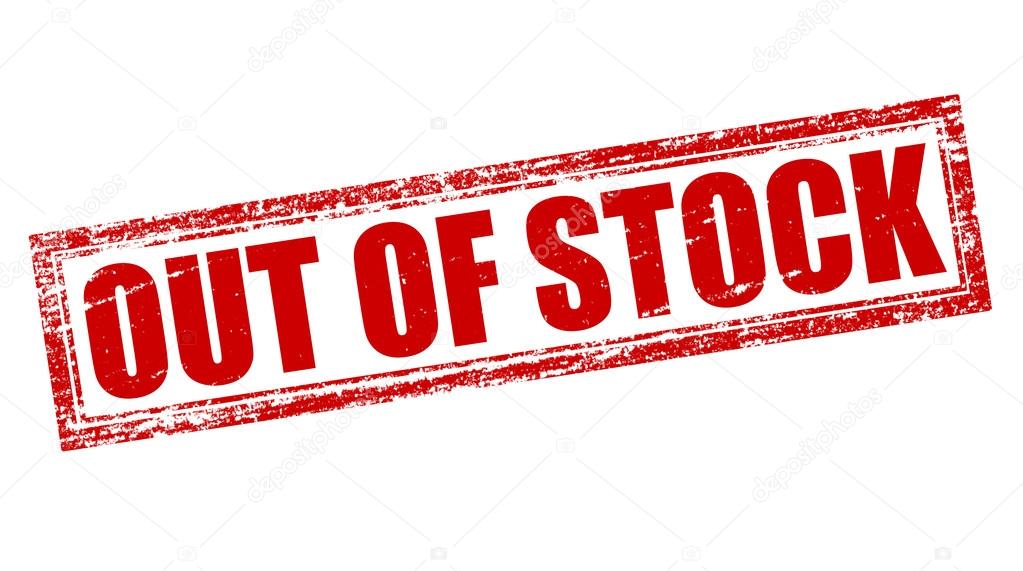Understanding In And Out Stock: A Comprehensive Guide
In and out stock management is a crucial aspect of inventory control that every business should master. This concept revolves around tracking the flow of products into and out of storage, ensuring that the right amount of stock is available at all times. In this article, we will explore the nuances of in and out stock, including its significance, strategies for effective management, and the tools that can facilitate the process. By the end of this guide, you will have a thorough understanding of how to optimize inventory management for your business.
Effective stock management not only helps in meeting customer demands but also minimizes holding costs and maximizes profitability. As businesses grow and evolve, the complexity of managing inventory can increase, making it imperative to adopt a systematic approach. In this comprehensive guide, we will delve into various strategies, best practices, and technologies that can assist you in achieving optimal stock levels.
Whether you are a small business owner or part of a larger enterprise, understanding the principles of in and out stock can lead to significant improvements in operational efficiency. Let's dive into the world of inventory management and uncover the secrets to mastering in and out stock.
- Dee Dee Blanchard Crime Scene Photos An Indepth Analysis
- Danny Amendola The Journey Of A Dedicated Nfl Star
Table of Contents
- What is In and Out Stock?
- Importance of In and Out Stock Management
- Strategies for Effective In and Out Stock Management
- Tools for In and Out Stock Management
- Challenges in In and Out Stock Management
- Future Trends in In and Out Stock Management
- Conclusion
What is In and Out Stock?
In and out stock refers to the processes and systems involved in tracking inventory as it moves into (in stock) and out of (out stock) a business's storage facilities. This includes receiving new stock from suppliers, storing it, and then shipping it out to customers or retail locations. Understanding this process is vital for maintaining a balanced inventory, which directly affects a company's ability to meet customer demands.
Importance of In and Out Stock Management
Proper management of in and out stock is essential for several reasons:
- Customer Satisfaction: Having the right products available when customers need them leads to higher satisfaction and loyalty.
- Cost Efficiency: Efficient inventory management minimizes holding costs, reduces waste, and maximizes the use of storage space.
- Operational Efficiency: Streamlined processes for managing in and out stock lead to faster order fulfillment and improved workflow.
- Data Insights: Tracking inventory movement provides valuable data that can inform business decisions and strategies.
Strategies for Effective In and Out Stock Management
To optimize your in and out stock management, consider implementing the following strategies:
- Does Baron Trump Have A Girlfriend Exploring The Young Life Of Donald Trumps Son
- Unveiling The Life Of Simon Cowells Son A Journey Of Fame And Family
Regular Audits
Conducting regular audits of your inventory helps ensure that the stock levels recorded in your system match the physical stock on hand. This practice can prevent discrepancies that may lead to stockouts or overstock situations.
Demand Forecasting
Accurate demand forecasting allows businesses to predict future sales based on historical data and market trends. By understanding demand patterns, businesses can adjust their stock levels accordingly, reducing the chances of excess inventory or stockouts.
Tools for In and Out Stock Management
Utilizing the right tools can significantly enhance your in and out stock management efforts. Here are some popular tools:
- Inventory Management Software: Platforms like TradeGecko and Zoho Inventory help automate tracking and reporting of stock levels.
- Barcode Scanning Systems: These systems streamline the process of receiving and shipping stock, reducing errors and improving efficiency.
- ERP Systems: Enterprise Resource Planning systems integrate various business processes, including inventory management, sales, and finance.
Challenges in In and Out Stock Management
Despite its importance, managing in and out stock comes with its own set of challenges:
- Market Fluctuations: Sudden changes in customer demand can lead to stock imbalances.
- Supply Chain Issues: Delays in shipping or supplier issues can impact inventory levels.
- Data Management: Keeping accurate records can be difficult, especially for businesses with a large volume of stock.
Future Trends in In and Out Stock Management
As technology continues to evolve, several trends are shaping the future of in and out stock management:
- Artificial Intelligence: AI is being used to improve demand forecasting and automate inventory management processes.
- IoT Integration: Internet of Things devices are enabling real-time tracking of inventory levels and location.
- Cloud-Based Solutions: Cloud technology allows for better collaboration and accessibility of inventory data across different locations.
Conclusion
In and out stock management is a pivotal aspect of running a successful business. By understanding the intricacies of this process, implementing effective strategies, and utilizing the right tools, businesses can enhance their inventory management efforts. Remember to stay abreast of future trends and continuously adapt your practices to meet the changing demands of the market.
If you found this article helpful, please leave a comment below or share it with others who may benefit from understanding in and out stock management. For more insightful articles, feel free to explore our blog!
Sources
- Investopedia - Inventory
- Forbes - Ways to Improve Inventory Management
- Business News Daily - Inventory Management
- Kamala Harris And Montel Williams A Dynamic Duo Of Change And Advocacy
- Dee Dee Blanchard Crime Scene Photos An Indepth Analysis

Out Of Stock Sign mannerbeauty

Out of stock Stock Vector by ©carmenbobo 61962979

Sorry Temporarily Out Of Stock Sign Retail Stamp Tag Vector, Retail